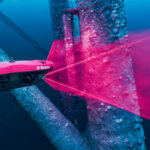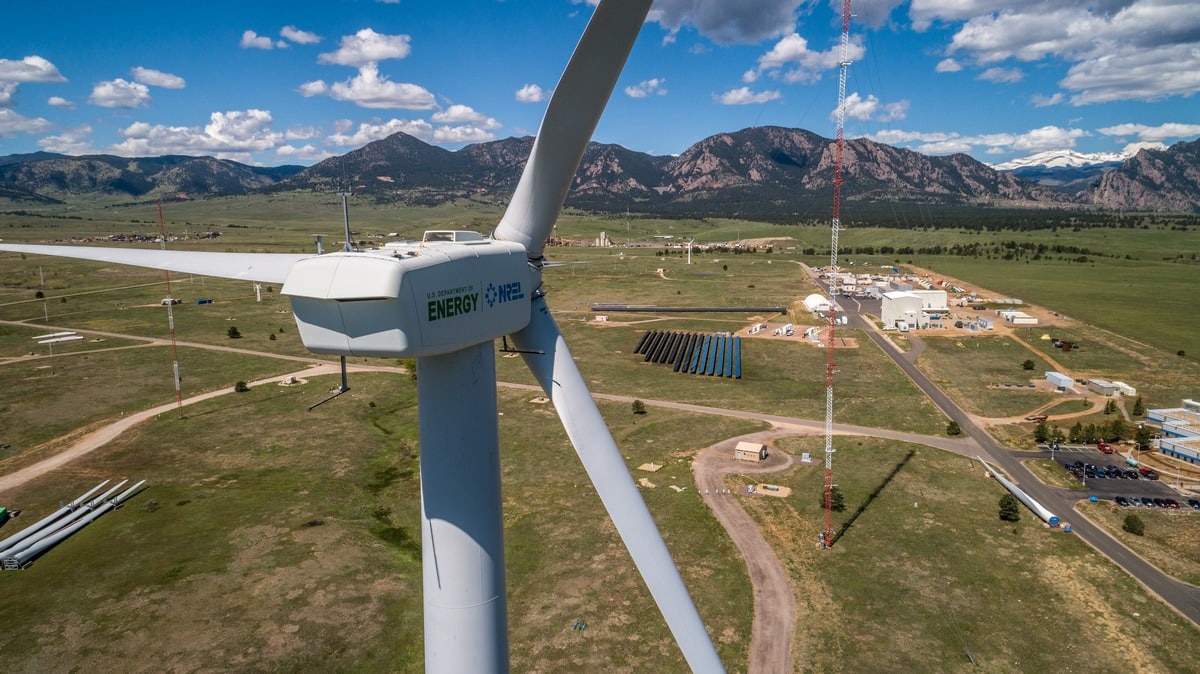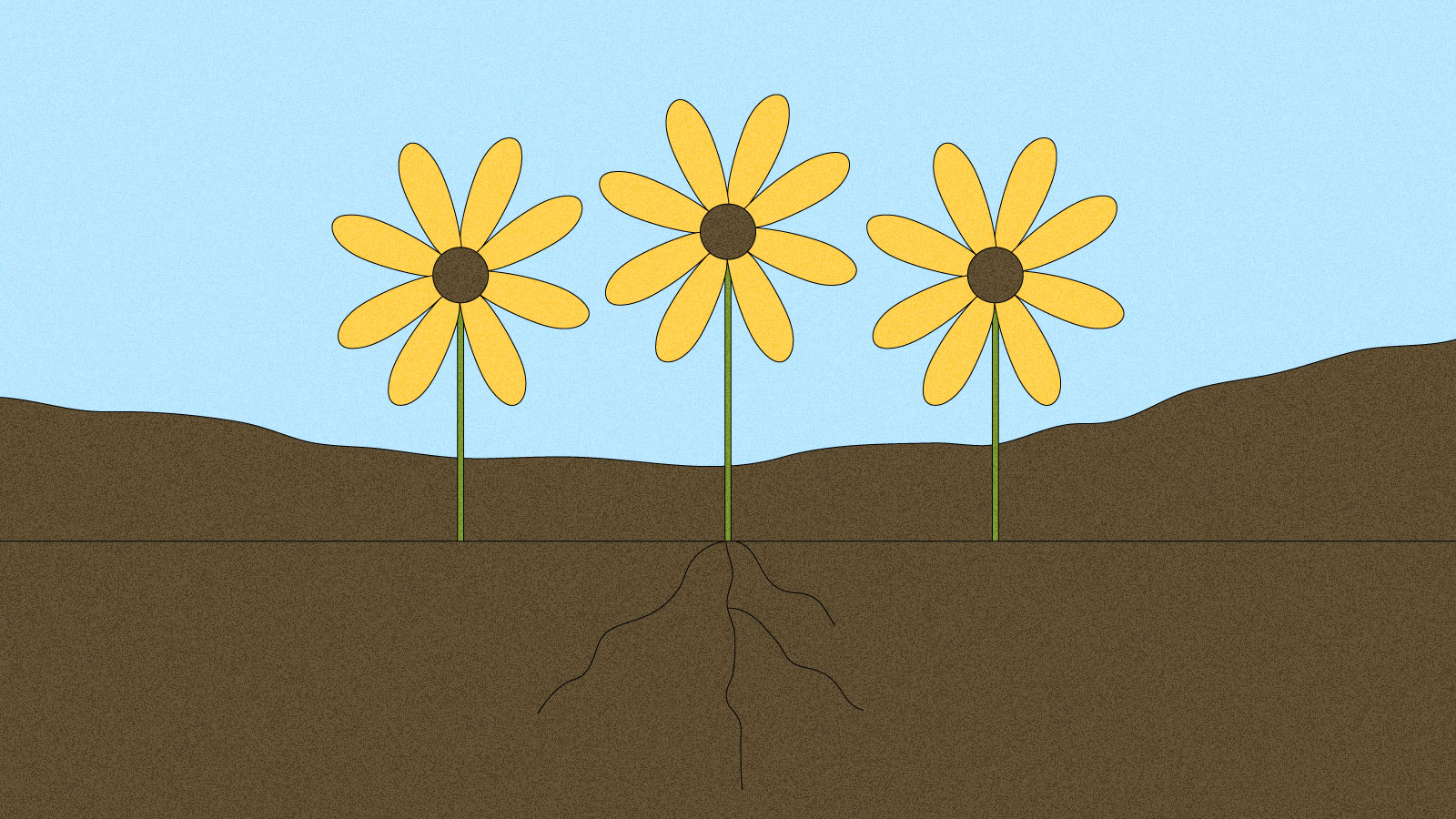
DLR tests innovative sensor system in wind turbine rotor blades
by Robert Schreiber
Berlin, Germany (SPX) Oct 03, 2024
The German Aerospace Center (DLR) has been operating the WiValdi Wind Energy Research Farm since August 2023, offering a large-scale platform for real-world wind energy research. Located in Krummendeich, Lower Saxony, the facility is designed to better understand wind energy dynamics, improving efficiency, reducing costs, and lowering noise pollution. Equipped with over 2000 sensors on two wind turbines, measuring masts, and across the site, this setup enables detailed data collection under various environmental conditions.
Among the most critical sensors are those embedded directly in the wind turbine rotor blades. These sensors, installed by a collaborative team from the DLR Institutes of Aeroelasticity and Lightweight Systems, along with researchers from Leibniz Universitat Hannover’s Center for Wind Energy Research, have been thoroughly tested as of August 2024. Supported by Enercon and Wobben Research and Development (WRD), these sensors are crucial in measuring the loads and stresses acting on the rotor blades during operation.
“You can think of the sensors as being like the human nervous system. They collect information and monitor the loads acting on the rotor blade,” explained Yves Govers from the DLR Institute of Aeroelasticity. The sensors, known as strain gauges, monitor how the blades bend and twist under the force of the wind, providing crucial data for understanding the operational loads.
In a series of tests, the DLR team mounted specialized “load scissors” to the blades and incrementally applied loads of up to one tonne to simulate real-world conditions. The sensors’ performance during these trials was critical for calibrating them for future operations. Additional measurements using ground-based cameras from the University of Hannover helped visualize how the rotor blades deformed under these loads.
“This test was the first of its kind in such a highly instrumented research facility. The sensors worked very well and provided high-quality data,” said Govers. The next phase involves processing the gathered data and developing a calibration procedure to ensure continued accuracy in sensor readings.
This advanced data collection will significantly enhance rotor blade design, leading to more efficient and durable blades. The research also focuses on the “wake effect,” which refers to the impact of one wind turbine’s turbulence on those behind it, affecting efficiency and material longevity.
Funded by the Federal Ministry for Economic Affairs and Climate Protection (BMWK) under the 7th Energy Research Programme, this project is part of DFWind Phase 2.
Related Links







